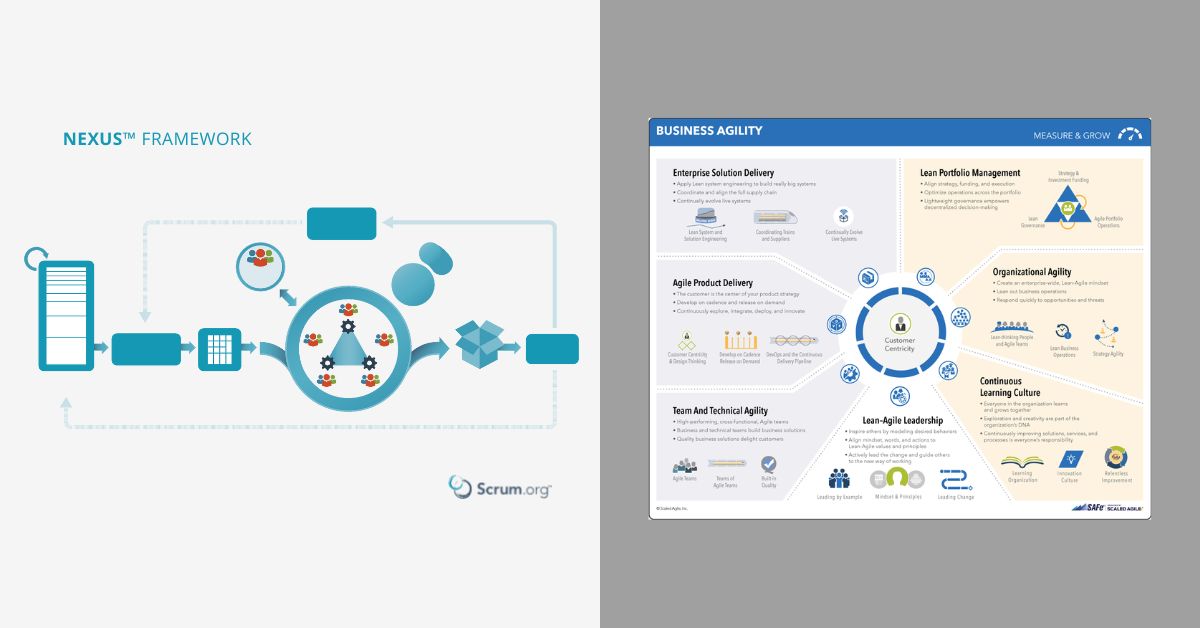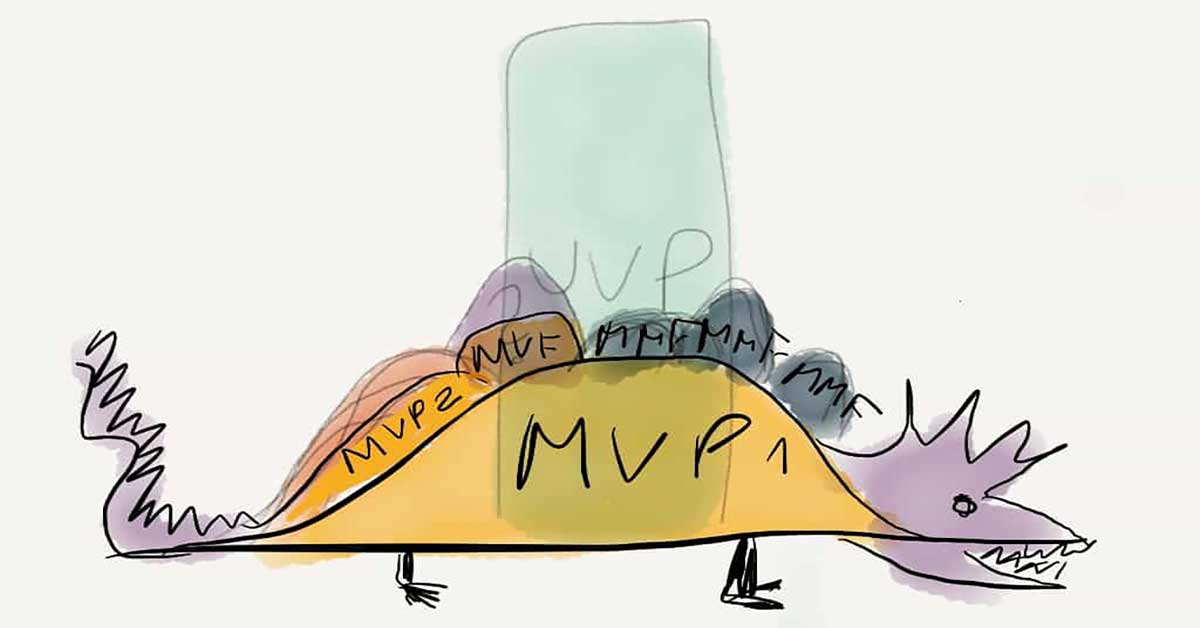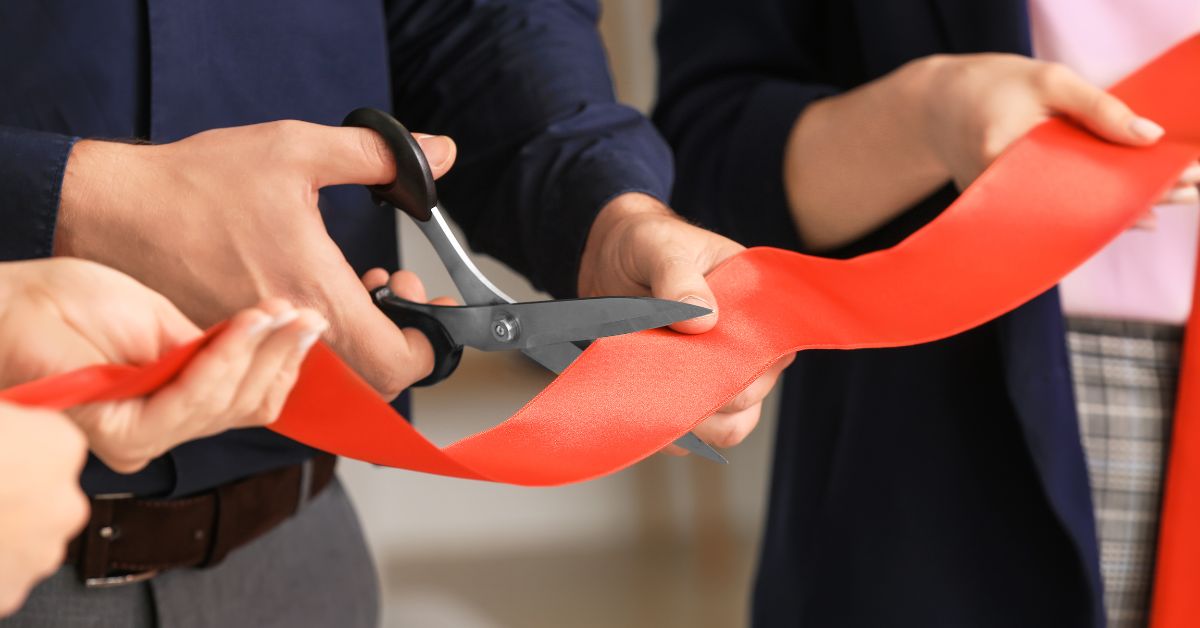
Scrum Product Ownership (Video)
What does Scrum Product Ownership have to do with dinosaurs? Watch to our video below as Yuval Yet, PST gives insightful information about unique value propositions, minimally marketable features, and so much more!
Home » Product Ownership

What does Scrum Product Ownership have to do with dinosaurs? Watch to our video below as Yuval Yet, PST gives insightful information about unique value propositions, minimally marketable features, and so much more!

Comparing Nexus and SAFe – Similarities, Differences, Ideas.
I’ve been asked several times now about Nexus and SAFe – what are the similarities, differences, etc. If you’re not familiar with either Nexus or SAFe I recommend taking a look at the Nexus Guide and the SAFe whitepaper first.

What does Scrum Product Ownership have to do with Dinosaurs?
We typically say that Scrum Masters get to herd cats. But Scrum Product Owners actually need to learn how to ride a Dinosaur! With the click-bate established, what does that even mean?

We’ve all heard it before – “Talented technology team builds amazing product!” That… doesn’t create the impact that they wanted, not enough customers end up buying or the users aren’t happy with it or
This is an especially common problem with companies that have a “brilliant” idea or technology that someone goes developing in their garage (if startup) / innovation product development group (if enterprise). This could be a new product or just a new feature of an existing product. Typically, the Product Owner or Product Manager in the organization specifies what to build. If they’re somewhat Agile, they even work closely with the organization to build it incrementally and hopefully deliver it continuously. But still, even then, too often the product or features don’t provide the expected impact/benefits. Overcoming this challenge is a common theme that is discussed by attendees at our SAFe POPM Course.

Sometimes you need to pack a suitcase.
One way of doing it would be to have a list of how many socks, shirts etc. can the suitcase hold, then prepare these items and pack them into the suitcase. This should work, I think, but there are a few problems. First, you need to have this list ready for each suitcase. Second, well, it would be difficult to prepare such a list due to the unstable nature of clothes: wrinkling, moving, and in general the tendency of not having a steady shape.
However, the main problem with this method is that it takes a lot of time. You need to constantly check the number of items against the list, write down how many you have etc.

As a coach, I’ve had several opportunities to be involved in the process of big organizations moving from waterfall to agile. You usually start with frowning faces, people coming to meetings reluctantly, armed with a load of cynicism and skepticism. Then after some time, something magical happens – things change to the better. Spring has arrived!
During those first months, at the beginning of the implementation, times are hard. People are struggling. And very soon you start to hear complaints and people telling you how great it was before all this. Before all this agile. When design documents were design documents. When they had time to work. Suddenly the past becomes a lost haven. In training, in coaching sessions, you hear people reminiscing about some glorious past.
The key to addressing these issues is to find out how exactly was it at those times.

A Quick Fun Way to Understand the Basic Concept of Iterative Incremental Development A fundamental aspect of Agility is incremental and iterative development. It’s so

Agile Basics Reading List Poppendieck – Implementing Lean – Excerpt Lean software development – Wikipedia The New Methodology Crisp’s Blog » What is Agile (Agile

Product Ownership 101 User Story Primer by Dean Leffingwell Professional Scrum Product Owner I | Scrum.org Jeff Patton on the Scrum Product Owner Role (19)
Request for additional information and prices